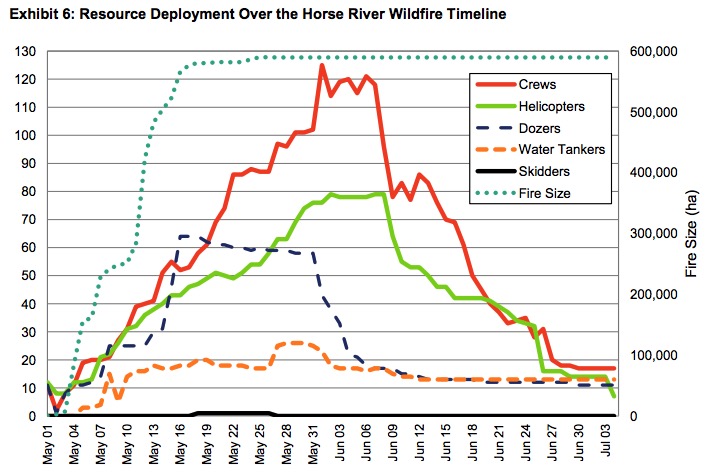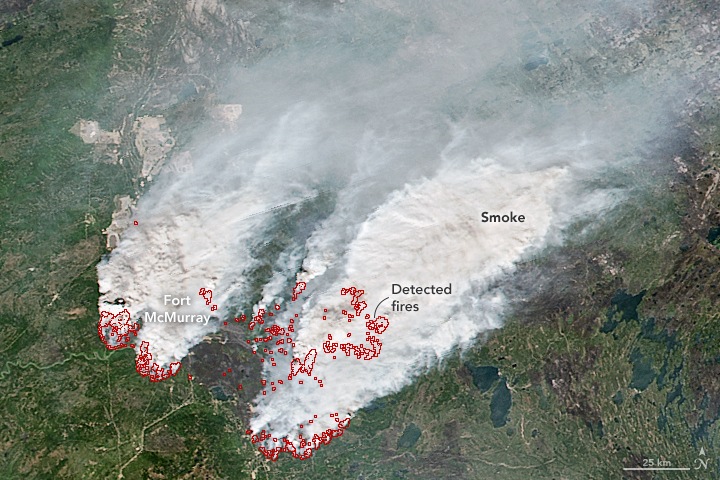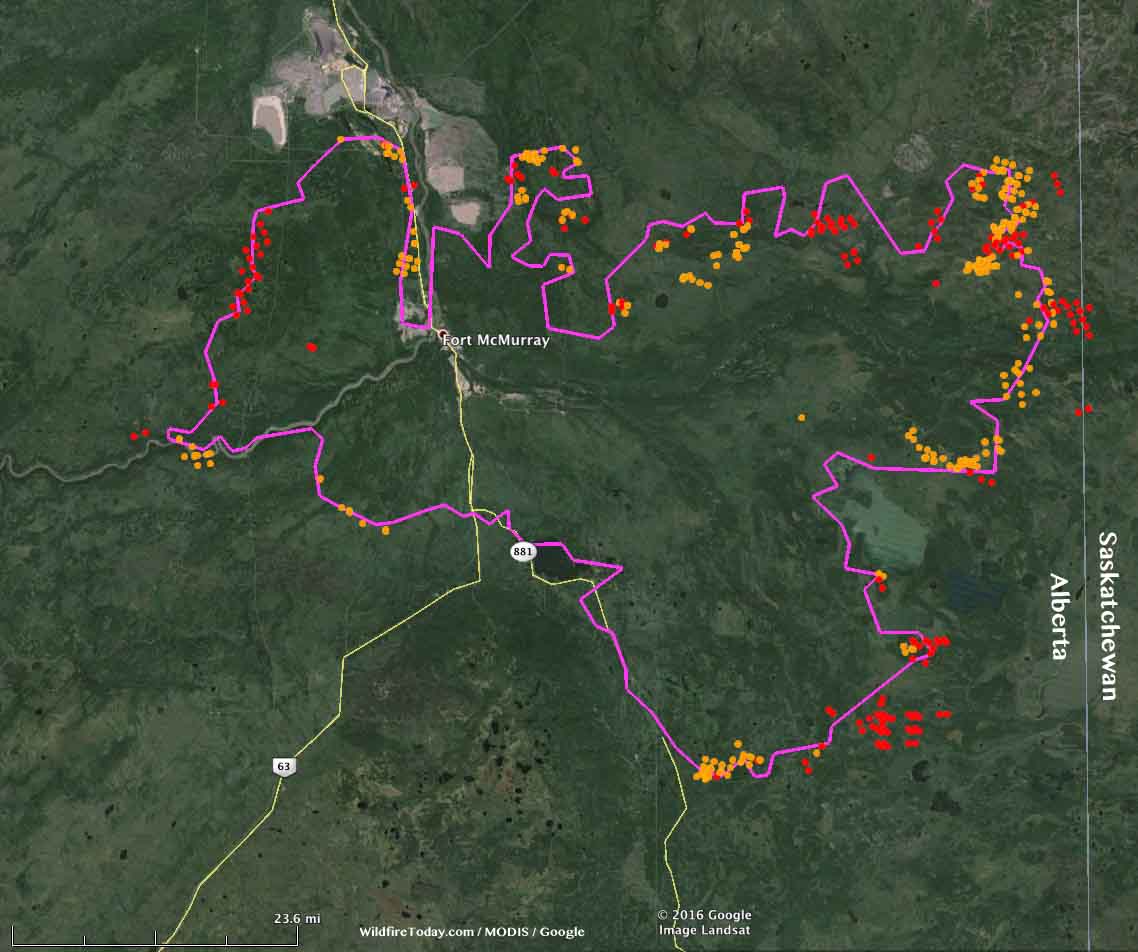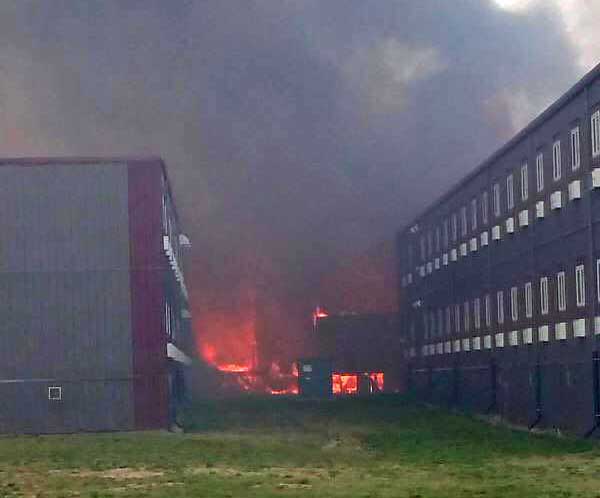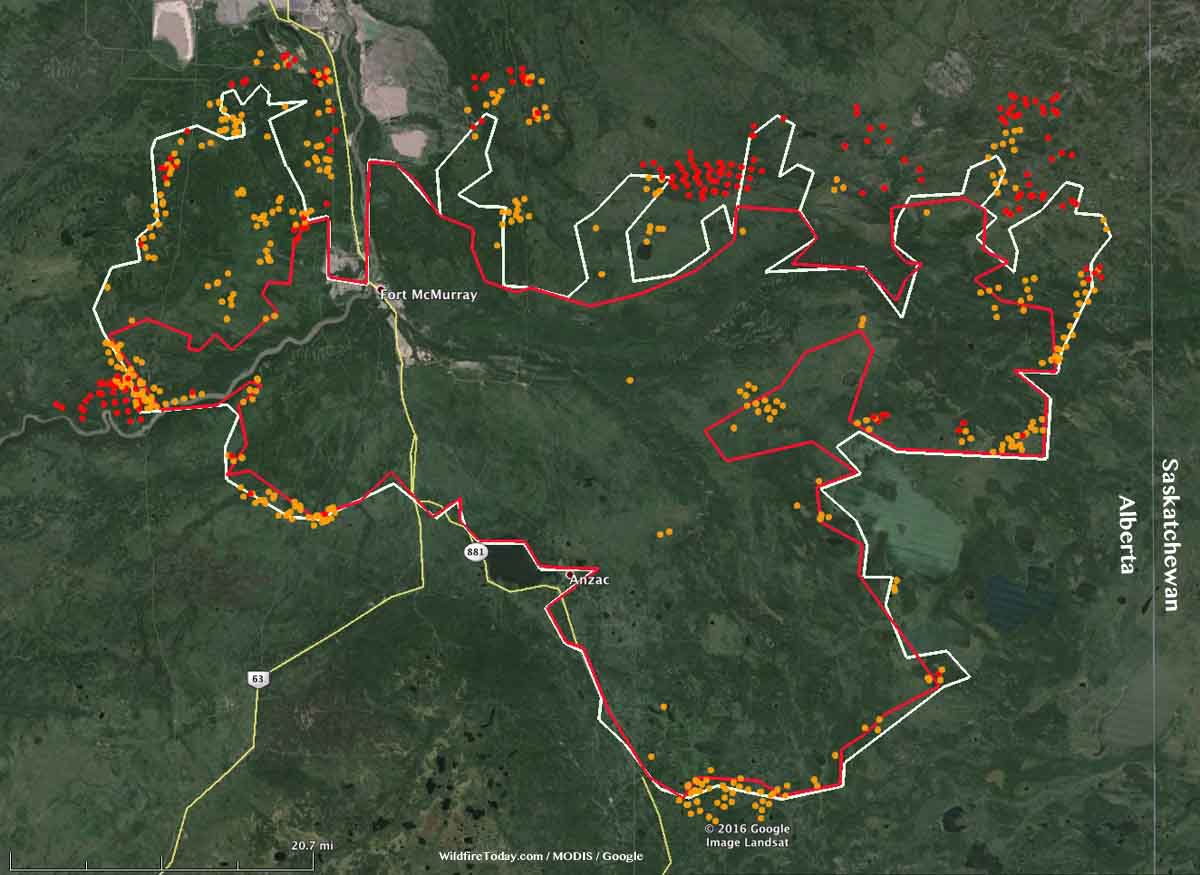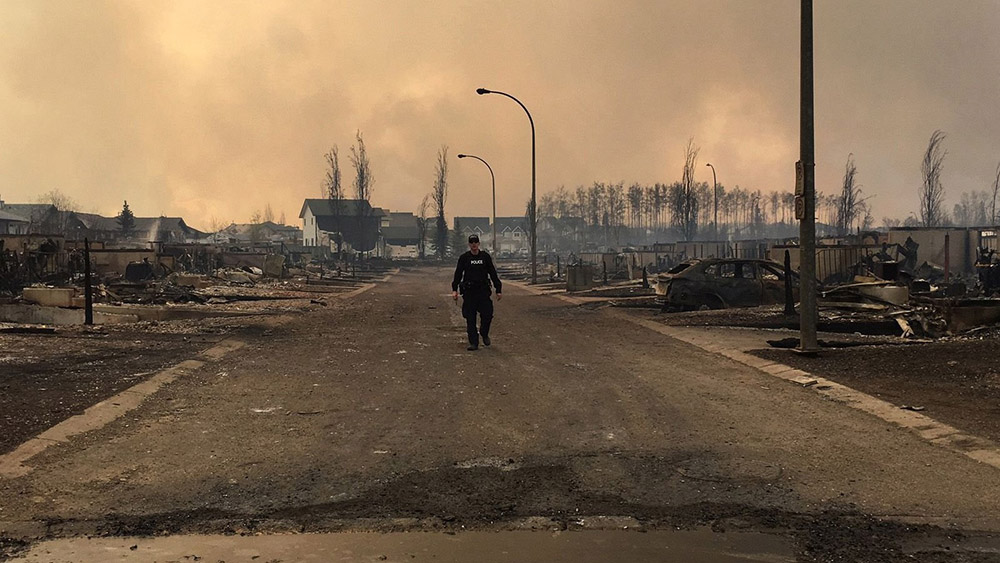
A study on the health of Royal Canadian Mounted Police (RCMP) officers who were deployed in Alberta, Canada in 2016 to the Horse River Fire at Fort McMurray found that their airway function was compromised in the first three months after deployment. An analysis of health data from 218 officers revealed that the small airways in their lungs underwent structural changes after they were deployed, potentially increasing their risk for respiratory diseases in the future. The median exposure duration of the officers was eight days.
“We cannot tell from our study whether it’s long-lasting damage, but we do know from other studies that if people are exposed to high levels of particulate matter in the air, they are more likely to suffer from long-lasting damage to the lungs,” said Paige Lacy, professor of medicine at the University of Alberta and former director of research for the Alberta Respiratory Centre.
The Horse River Fire caused the largest evacuation in Canadian history, with more than 80,000 people rapidly removed from the community as fires encroached on the city. Hundreds of RCMP members were sent to the community to assist with the evacuation and to secure the area in the following days. The fire burned 589,552 hectares (1.4 million acres) in 2016 and destroyed 2,400 structures. The extreme fire behavior created lightning in the pyrocumulonimbus cloud atop the smoke column that started a number of new wildfires 40 kilometers (26 miles) ahead of the main wildfire front according to a report released in June of 2017.

Subtle changes in lung function detected
The lung-function data were gathered as part of a larger study being conducted by Synergy Respiratory and Cardiac Care, looking at the health of RCMP officers dispatched to the Fort McMurray wildfire. According to the researchers, the subtle differences in lung function that were found were not measurable using traditional lung-function tests, and could only be observed through the use of more sensitive instruments. Researchers employed both spirometry and body plethysmography testing methods.
“Small airways are potentially more vulnerable and there is no way that a spirometer (a device commonly used to measure lung function) can detect the progression of their damage over time,” said Subhabrata Moitra, first author on the study and a post-doctoral fellow in the U of A’s Division of Pulmonary Medicine. “So if we use highly sensitive instruments, we can immediately get some signals whether there are any acute yet subtle changes caused by physiological factors or occupational or environmental hazards.”
The researchers noted that because the officers only came in for testing once after being deployed, they were not able to observe potential recovery of lung function or measure long-term damage.
The authors of the study pointed out the importance of having a health-surveillance program in place so responders who are exposed to such hazards can have their health monitored.
Survey finds that firefighters also complained of respiratory issues
A survey found that some firefighters who fought the fire at Fort McMurray also battled respiratory and mental health issues.
Below is an excerpt from a 2017 CBC news article:
The University of Alberta study surveyed 355 firefighters and found a “very large proportion” of them complained of respiratory issues including coughing, breathlessness, wheezing and chest tightness in the immediate aftermath of the fire.
“When we saw them later, probably about one in five of those still had problems with their chests that they felt had been caused or made worse by the fire,” said Nicola Cherry, the epidemiologist leading the study.
And they’re battling more than just physical ailments — mental-health issues affect one in six of study participants.
“When we collected this information, it was early days and people may develop bigger issues as time goes forward,” Cherry said.
Our Take
It is likely that wildland firefighters are routinely exposed to far higher concentrations of smoke and for longer periods of time than the RCMP officers at Fort McMurray. It is important that agencies who employ wildland firefighters establish a health-surveillance program that includes lung function tests using methods such as body plethysmography that are much more sensitive than a conventional spirometer.


